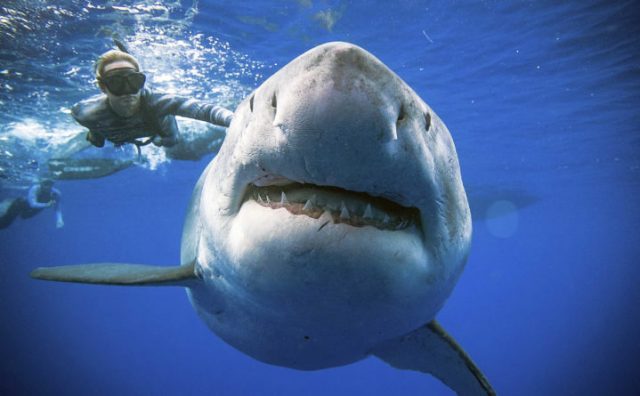
Columbus, Ohio (February 19, 2024) – For over a century, paleontologists have grappled with a confusing case of mistaken identity among prehistoric sharks. Three different shark species from the late Paleozoic Era shared the same name, “Orthacanthus gracilis,” causing headaches for researchers trying to differentiate them. But now, thanks to the meticulous work of Dr. Loren Babcock, a professor of Earth Sciences at The Ohio State University, this taxonomic muddle has been finally untangled.
A Name Too Common:
Imagine having the most common name on Earth – that’s what “Orthacanthus gracilis” was to these ancient sharks. This redundancy created significant challenges for scientists studying their anatomy, evolution, and ecological roles. Dr. Babcock recognized the need for clarity and embarked on a complex process to rename two of the three sharks.
Unearthing a Hidden Treasure:
The journey wasn’t straightforward. It involved meticulous documentation, proposing new names, navigating international regulations, and even peer review. But Dr. Babcock’s efforts unearthed a hidden treasure – a wealth of forgotten shark fossils housed at the Ohio State University’s Orton Geological Museum. These forgotten specimens, collected by the renowned paleontologist John Strong Newberry, proved crucial for understanding the sharks’ true identities.
From Confusion to Clarity:
The two Ohio sharks were ultimately renamed “Orthacanthus lintonensis” and “Orthacanthus adamas,” reflecting their respective locations of discovery. This distinction brings much-needed clarity to the scientific community. Dr. Babcock’s groundbreaking work has already garnered significant recognition, with his paper on the renaming receiving numerous citations within weeks of publication.
Beyond Renaming:
The project had a far-reaching impact beyond name changes. It also brought to light the remarkable collection of Newberry fossils housed at the Orton Museum. Many of these specimens, previously thought lost, were rediscovered and documented by Dr. Babcock, highlighting the museum’s valuable contribution to paleontological research.
Significance and Looking Forward:
This successful case of untangling taxonomic confusion paves the way for a deeper understanding of these fascinating prehistoric creatures. The newly identified sharks can now be properly studied, revealing their unique characteristics, evolutionary relationships, and contribution to the ancient ecosystem they inhabited. Dr. Babcock’s work not only solves a longstanding mystery but also underscores the importance of museum collections and meticulous research in advancing our knowledge of the past.











